The Birth of Seafaring: Uncovering the Roots of Sailing
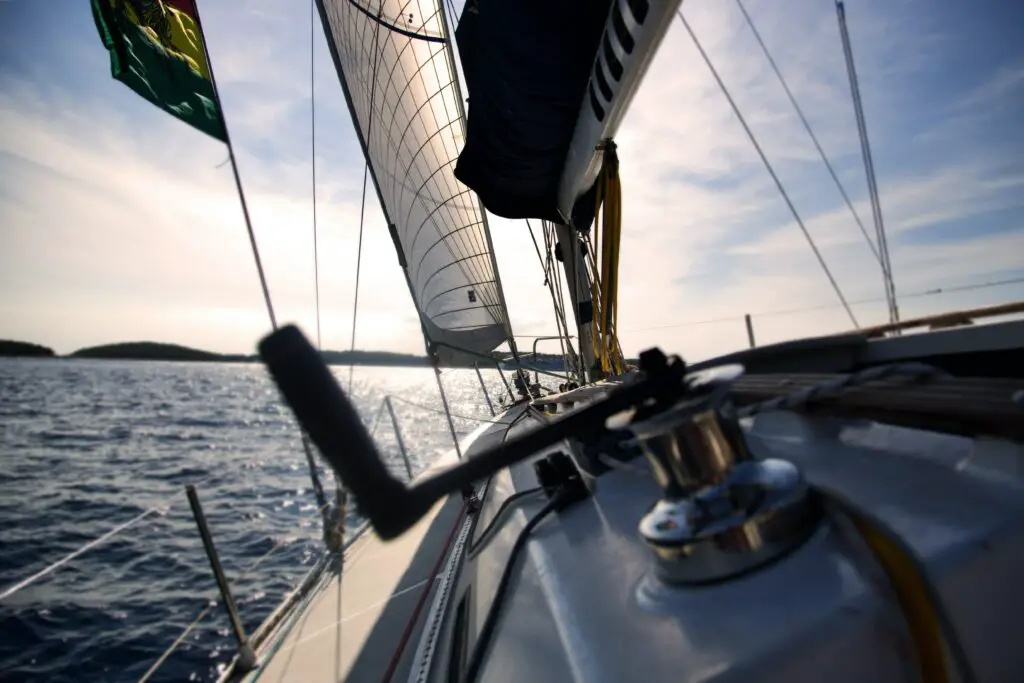
The history of human civilization is intertwined with the history of sailing. For thousands of years, humans have been using the power of the wind to explore new lands, expand trade networks, and establish empires. From the earliest rafts made of reeds to the sleek racing yachts of today, sailing has undergone many changes and adaptations, yet its basic principles remain the same.
In this article, we will take a closer look at the birth of seafaring and the roots of sailing. We will examine the earliest evidence of human navigation and the development of watercrafts, the invention of the sail, and the spread of sailing technology. We will also explore ancient sailing techniques and their impact on human civilization, as well as the evolution of sailing in modern times. Join us on a journey through time as we uncover the fascinating history of sailing and its enduring legacy.
The Origins of Seafaring
The origins of seafaring can be traced back to the earliest times of human history. While experts are unsure exactly when sailing was invented, archaeological evidence suggests that humans have been using boats to travel across bodies of water for at least 50,000 years. Some of the earliest vessels were simple rafts made of reeds or logs, while others were dugout canoes carved from tree trunks.
As humans became more skilled at making boats, they were able to venture further out to sea and explore new lands. The development of fishing techniques and the discovery of new resources in the water, such as shells and pearls, also played a role in the growth of seafaring.
Seafaring was particularly important in regions with extensive coastlines, such as the Mediterranean, the Persian Gulf, and the Pacific Islands. In these areas, seafaring became a way of life, enabling humans to travel, trade, and exchange ideas with other cultures.
The significance of seafaring for human civilization cannot be overstated. Without seafaring, many of the world’s greatest empires would not have risen to power, and the exchange of goods and ideas across continents would have been severely limited. The origins of seafaring represent a crucial moment in human history, marking the beginning of a new era of exploration and discovery.
The Birth of Sailing
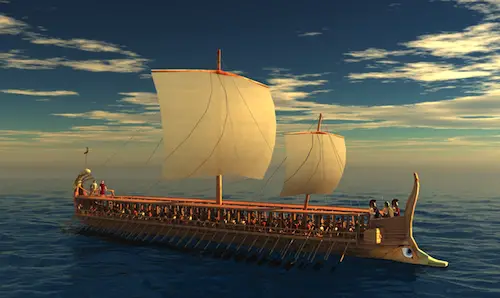
The invention of the sail revolutionized seafaring and enabled humans to travel further and faster across the seas. The origins of the sail can be traced back to ancient Egypt, where reed boats were equipped with simple sails made of woven flax. These sails were rectangular in shape and were attached to a single mast. The sails were angled to catch the wind, and the boat could be steered by adjusting the sail’s position.
The use of sails spread rapidly throughout the ancient world. In Mesopotamia, ships were equipped with square sails made of woven wool or linen. In the Mediterranean, the Greeks and Phoenicians developed sophisticated triremes and galleys that were equipped with multiple sails and banks of oars.
Sailing technology continued to evolve over time. The development of the lateen sail, which was triangular in shape and allowed boats to sail closer to the wind, was a major innovation. The Vikings, in particular, were skilled sailors who used a combination of square and lateen sails to travel long distances across the North Atlantic.
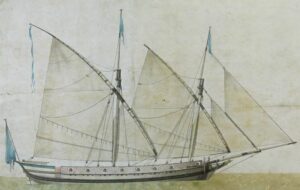
The invention of the sail had a profound impact on human civilization. It made long-distance trade and exploration possible, and it allowed cultures to exchange goods and ideas across vast distances. It also enabled the rise of great empires, such as those of the Greeks and the Romans, who used their naval power to expand their territories and influence.
The birth of sailing represents a critical moment in human history, marking the beginning of a new era of maritime exploration and innovation.
Ancient Sailing Techniques
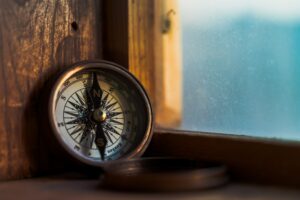
Ancient sailors developed a range of techniques to navigate the seas and harness the power of the wind. One of the most important techniques was celestial navigation, which involved using the stars to determine the position of the ship. This technique was first developed by the Phoenicians in the Mediterranean and was later refined by the Greeks and the Romans.
Another important technique was the use of the compass. While the first magnetic compasses were invented in China during the Han dynasty, they were not widely used in the West until the Middle Ages. Prior to the invention of the compass, sailors used a variety of other methods to determine their position, including the position of the sun and the stars, the direction of the wind, and the behavior of birds and marine life.

Sailors also developed a range of tactics for navigating different wind conditions. For example, when sailing upwind, sailors would tack back and forth, zigzagging their way towards their destination. When sailing downwind, sailors would use a technique called running before the wind, where they would steer the ship downwind and adjust the sail to catch as much wind as possible.
In addition to these techniques, ancient sailors also developed a range of tools and instruments to aid in navigation. These included the astrolabe, a device used to measure the altitude of the stars; the sextant, a device used to measure the angle between the horizon and the sun or stars; and the cross-staff, a device used to measure the height of a distant object, such as a landmark or another ship.
The development of these techniques and tools was critical to the success of ancient seafaring. By mastering the art of navigation and harnessing the power of the wind, ancient sailors were able to explore new lands, trade with other cultures, and establish great empires.
The Impact of Sailing on Human Civilization
Human civilization was profoundly impacted by the invention of sailing. It allowed humans to travel further and faster across the seas, opening up new trade routes and enabling the exchange of goods and ideas between different cultures. This had a significant impact on the development of human civilization, facilitating the spread of technology, language, and religion.

The development of seafaring also had a major impact on the economy. The ability to transport goods over long distances by sea allowed merchants to trade goods at a much larger scale than was previously possible. This led to the growth of cities and the emergence of powerful trading empires such as the Phoenicians, Greeks, and Romans.
In addition to facilitating trade and commerce, sailing also played a critical role in the spread of ideas and knowledge. The Phoenicians, for example, are believed to have developed the first alphabet, which they used to keep records of their trade transactions. This alphabet was later adopted by the Greeks and Romans, and became the basis for many modern alphabets.
Sailing also played a significant role in exploration and the expansion of human knowledge. The voyages of explorers such as Marco Polo, Vasco da Gama, and Christopher Columbus opened up new trade routes and led to the discovery of new lands, cultures, and natural resources.
In addition to its economic and cultural impact, sailing also had a significant impact on warfare. Naval power played a critical role in many of the great conflicts of human history, from the battles of ancient Greece and Rome to the naval battles of World War II.
In conclusion, the invention of sailing had a far-reaching impact on human civilization, facilitating the growth of trade and commerce, the spread of ideas and knowledge, and the exploration and expansion of human knowledge. The legacy of sailing can be seen in many aspects of modern society, from the shipping industry to the global economy, and it continues to play a critical role in shaping the course of human history.
Modern Sailing
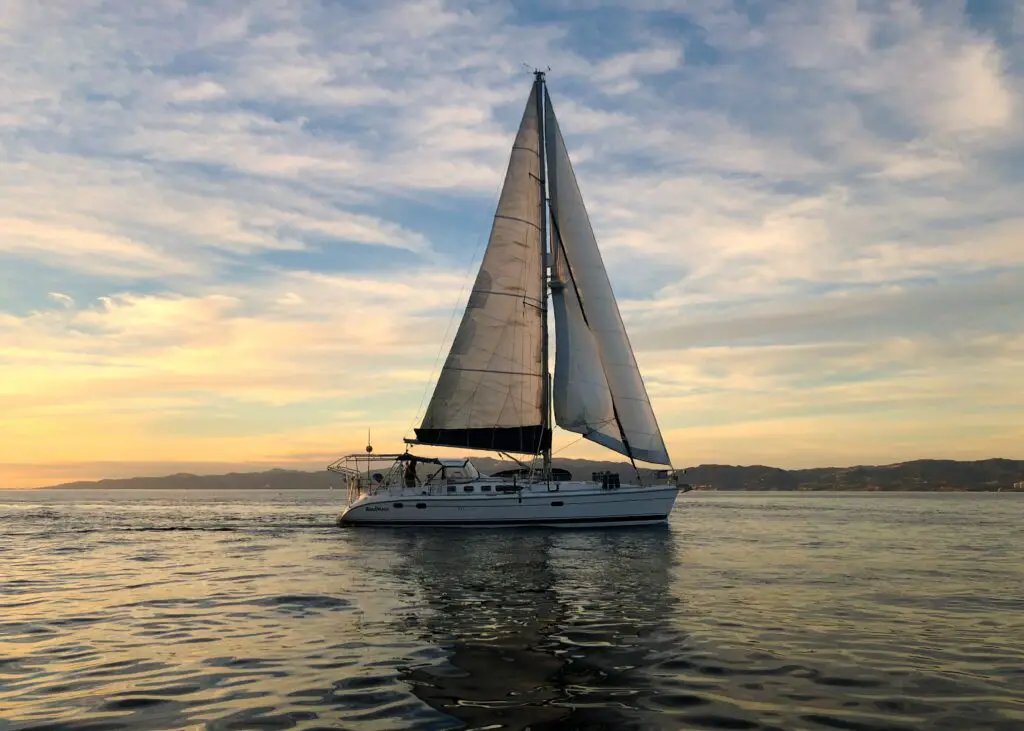
While the basic principles of sailing have remained largely unchanged for thousands of years, modern sailing has seen a number of important innovations and developments. One of the most significant of these is the use of synthetic materials such as polyester, nylon, and Kevlar in sail construction. These materials are stronger, lighter, and more durable than traditional materials such as cotton and canvas, allowing modern sailboats to be faster and more efficient than their ancient counterparts.
Another important development in modern sailing is the use of technology to aid in navigation and communication. Global Positioning System (GPS) technology allows sailors to determine their precise position on the globe, while radio and satellite communications make it possible to stay in touch with shore-based support teams and other sailors on the water.
Modern sailing has also seen the development of a number of specialized sailing classes and events, such as the America’s Cup, which has been held since 1851 and is widely regarded as the oldest and most prestigious sailing race in the world. Other popular sailing events include the Volvo Ocean Race, the Sydney to Hobart Yacht Race, and the Transpacific Yacht Race.
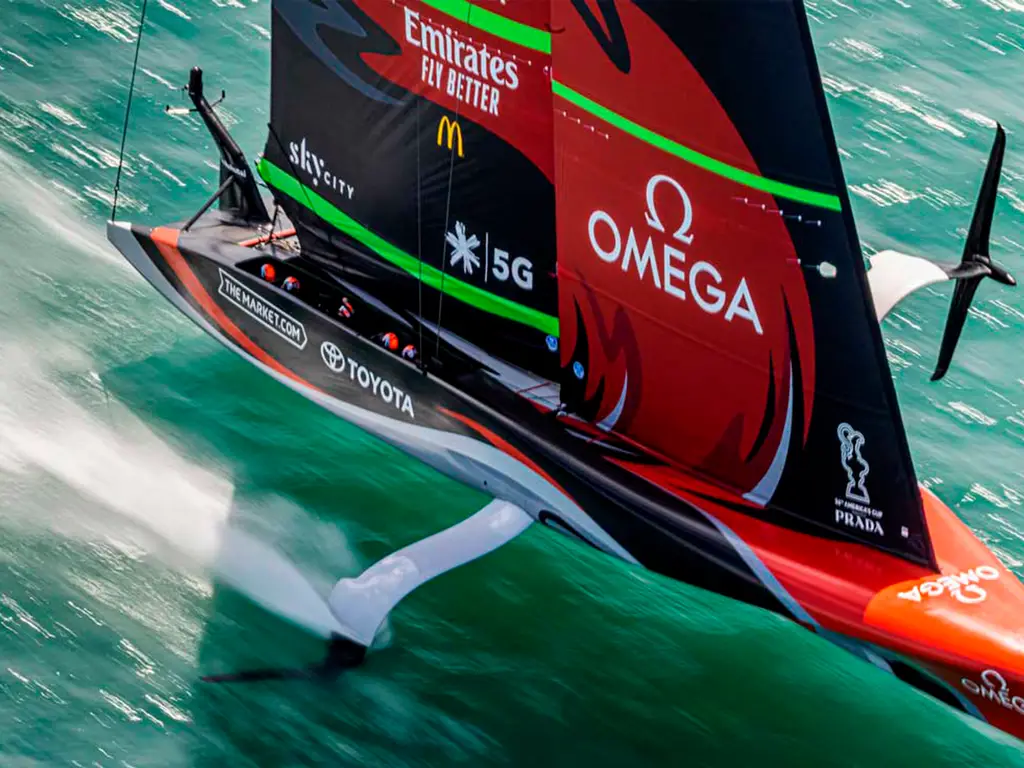
In addition to these developments, modern sailing has also seen the emergence of a number of environmental and sustainability initiatives. The use of renewable energy sources such as wind and solar power is becoming increasingly common in modern sailboats, and many sailors are actively working to reduce their environmental impact by using sustainable materials and reducing waste and pollution.
Overall, modern sailing continues to be a popular and important activity, with a rich history and a bright future. Whether for sport, recreation, or commerce, sailing remains a testament to the ingenuity and resourcefulness of human beings and a testament to the enduring power and beauty of the sea.
Sailing is Amazing
The birth of seafaring and the invention of sailing represent a critical turning point in human history, marking the moment when humans first began to explore and exploit the vast resources of the world’s oceans. The origins of sailing are shrouded in mystery and myth, but archaeological evidence suggests that humans have been using boats and rafts to navigate the seas for tens of thousands of years.
Despite its ancient roots, sailing continues to play a vital role in modern society, facilitating trade and commerce, enabling exploration and discovery, and providing a source of recreation and pleasure for millions of people around the world. From the early seafarers who braved the dangers of the open ocean in search of new lands and resources to the modern sailors who use cutting-edge technology and innovative materials to push the limits of what is possible on the water, the legacy of sailing continues to inspire and amaze us.
As we continue to explore and exploit the oceans of the world, it is important that we do so in a responsible and sustainable manner, recognizing the importance of these fragile ecosystems and the critical role they play in maintaining the health and well-being of our planet. Whether as sailors, scientists, or simply concerned citizens, we all have a role to play in protecting and preserving the world’s oceans for future generations.
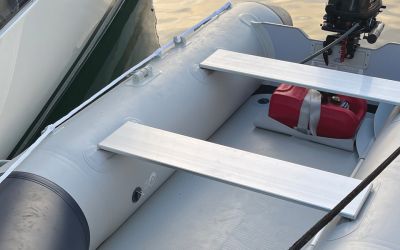
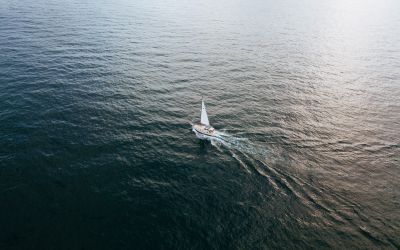


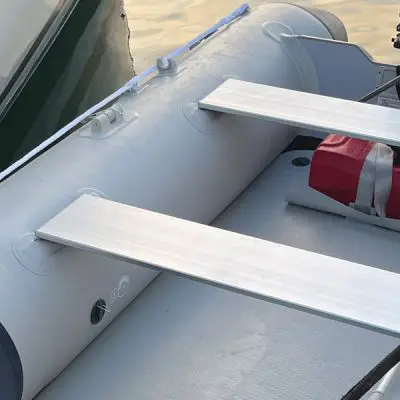





Leave a Reply